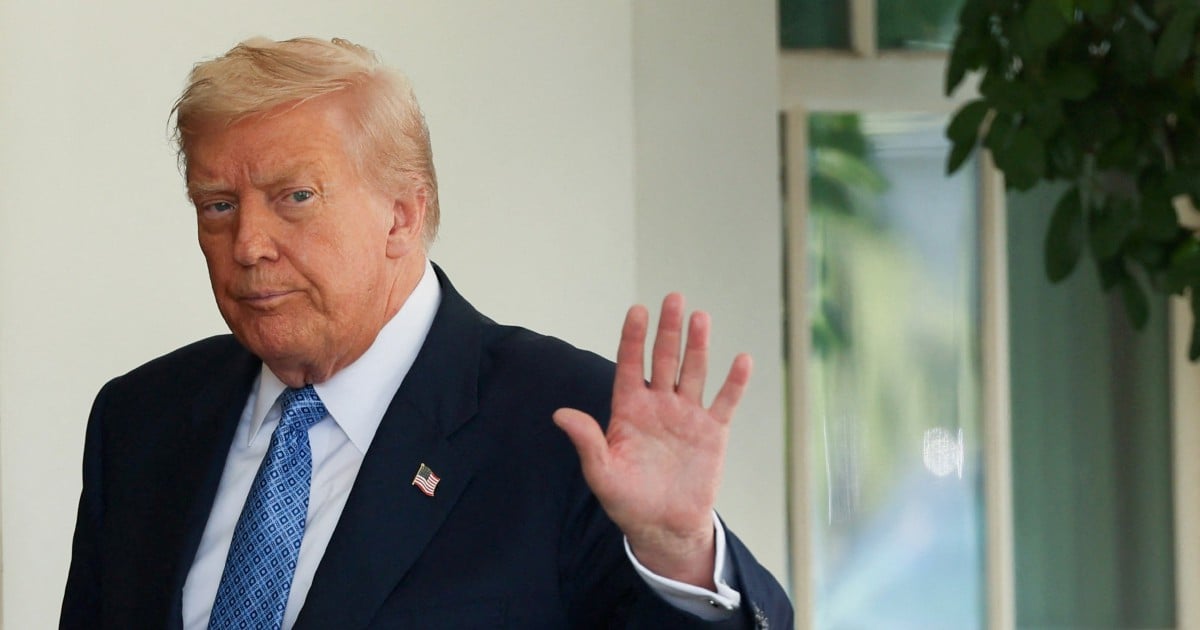United States President Donald Trump has the BRICS group of nations directly in his trade war crosshairs, slapping super-high tariffs on imports from Brazil and India, and accusing them of pursuing “anti-American” policies. Washington’s relations with Brasilia and New Delhi have sunk to new lows. But this belligerence could backfire.
The White House said last Wednesday it would impose an additional 25 per cent tariff on goods from India, citing New Delhi’s continued imports of Russian oil. That brings the levy on most goods to 50 per cent, among the highest rate faced by any US trading partner.
Brazil also faces 50 per cent tariffs on many of its US-bound exports, not because of trade imbalances, but because of Trump‘s anger at what he calls a “witch hunt” against his ally, Brazil’s former president Jair Bolsonaro, who has been charged with plotting a coup following his election loss in 2022.
This breakdown in relations could be Trump‘s intention: push these countries to the brink so that they’ll agree to trade deals that are heavily lopsided in Washington’s favour. That strategy seemed to work with Japan and the European Union.
But hitting these BRICS economies with eye-watering tariffs could push them closer together, strengthening the resolve of a group that appeared to be losing whatever momentum, purpose and unity it had.
The original BRIC nations — Brazil, Russia, India and China — held their first summit in 2009, eight years after former Goldman Sachs economist Jim O’Neill coined the acronym for this group of emerging economies he said would challenge the G7 group of rich countries in the future. South Africa became the “S” in BRICS two years later, and the club now comprises 11 countries including Indonesia, Iran and Saudi Arabia, as well as a further nine “partner” countries, including Malaysia, Nigeria and Thailand.
It was always a disparate group — geographically, economically, culturally and politically — meaning its cohesiveness has always been questionable. Its relations have sometimes been rocky, particularly among its largest members.
That’s why it was so notable when Indian Prime Minister Narendra Modi last Wednesday announced that he would visit China for the first time in over seven years. This could be a sign that rising tensions with Washington are helping to thaw frosty ties between New Delhi and Beijing.
Also on Wednesday, Brazil’s President Luiz Inacio Lula da Silva said he planned to call the leaders of India and China to discuss a joint BRICS response to Trump’s tariffs.
“I’m going to try to discuss with them about how each one is doing in this situation … so we can make a decision,” said Lula. “It’s important to remember that the BRICS have 10 countries at the G20,” he added, referring to the group that gathers 20 of the world’s biggest economies.
While nothing unites like a common enemy, the differences between the BRICS countries could limit how solid that front can actually be. Only 14 per cent of their trade is with each other. Russia and Brazil may have higher levels of intra-BRICS trade, but only nine per cent of China’s exports are BRICS-bound, significantly less than the 19 per cent that goes to emerging Asia and 15 per cent destined for the US.
And in economic, political and military terms, China matters far more than the others on the global stage. But there are signs that intra-BRICS trade is strengthening. China-Russia trade was a record US$244.8 billion last year, and China and India are the top two buyers of Russian oil.
China is Brazil’s largest trading partner, accounting for 28 per cent of Brazil’s exports and 24 per cent of its imports. Roughly 70 per cent of China’s soyabean imports are from Brazil.
Trump’s tariffs could push BRICS countries closer together in the near term, in areas such as trade, investment and currency usage. They may feel it’s in their economic interests and, for some, in their political interests, to present a united front. How long that front can hold is anyone’s guess.
In the meantime, however, Trump’s tariff salvos are BRICS-bound. How these emerging economies respond could be an indication of whether we may truly be seeing a reshuffling of global alliances.
The writer is from Reuters
© New Straits Times Press (M) Bhd






